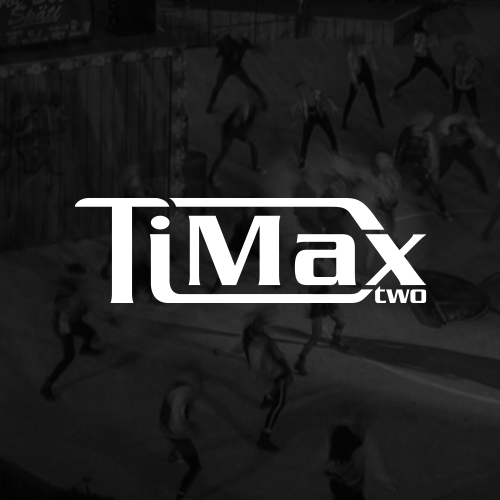Concrete Voids at London’s Southbank Centre is provocatively described by creator Tony Birch as anti-acoustic. The experimental audio project explores the acoustic possibilities of the empty concrete spaces that surround the Queen Elizabeth Hall auditorium to create an unconventional and organic sound environment. A social media moment and subsequent collaboration with TiMax panLab originator, Dan Higgott, provided the keystone for audio control in the project, which will see the first instalment of commissioned artist performances in March 2025.
Turning away from traditional soundscape designs and instead celebrating the unique hidden acoustics of the venue, over the course of a year, sound engineer Birch who has over 17 years of experience within the Queen Elizabeth Hall auditorium space, positioned a variety of repurposed and custom-built speakers within the three voids of 14 vents located above the audience and 6 full length voids beneath the seats. “The project is completely diffused,” explained Birch. Aside from the main auditorium system that the project taps into, “…not a single loudspeaker addresses you directly.”
Until Birch saw the post from Dan Higgott announcing that his spatial audio visualisation software could operate via mixing consoles, the control aspect of the project was still up in the air. Birch expands, “Although I was already aware of Dan’s software, I was looking at my project from the perspective of it being controlled live in real time rather than as a playback piece. As soon as he built it into a console it made sense for me.”
“I’m still not quite sure how I would have managed without TiMax panLab,” the sound engineer confesses. “The brilliant thing about Dan’s software is that it doesn’t mind where everything is positioned. It’s not locked into a formal set up where the assets must be in a certain position to work. It works with what is there and what you ask of it.”
The close collaboration between Higgott and Birch worked both ways, developing both project and product. The 3D visualisation upgrade from 2D that TiMax panLab benefits from is due to Birch. Birch explains, “It was a big thing for me. The whole project is above you, below you and to the sides so I needed to control sound in 3D. A week later Dan came back with a 3D version. It’s so clever, yet unbelievably simple.”
In 3D, Birch has designed a custom spatial environment of the Queen Elizabeth Hall auditorium by layering multiple ‘zones’ – or self-contained panners – on top of each other to create a completely bespoke spatial environment. Based on the output of TiMax panLab’s bespoke spatial algorithm, auxiliary and matrix send levels on the venue’s Yamaha QL5 console activate the audio through the loudspeakers.
Yet despite the clever complexity beneath the surface of TiMax panLab, simplicity has remained a key driver. The software can be set up within five minutes, using existing audio equipment, including QLab, mixing consoles and TiMax SoundHub, to produce spatialised audio.
In a project like Concrete Voids that simplicity is vital. TiMax panLab can connect to equipment via OSC, MIDI and Timecode. One of the active elements Birch has prepared is a set of MIDI commands for artists to incorporate into their experimental sound designs: “We have it all very simply in front of the artist and they can move what they want, wherever they want.”
However, Birch concludes, “For me, there are two critical reasons for using TiMax panLab. The first is it simply acknowledges and works with the equipment we have already in the space, our workflow hasn’t changed, we just reach for panLab rather than the pan pot.
The second is the 3D visualisation which is so quick and simple to set up. As the Voids exist all around us here, I needed to visualise the sound and sources in the actual space in offline preparation. Now, using TiMax panLab, it’s easier to draw paths than it is to explain them. I’ve even got my 9-year-old son drawing what he hears when building shows. It really is that easy to use.”
Click here for original article.













